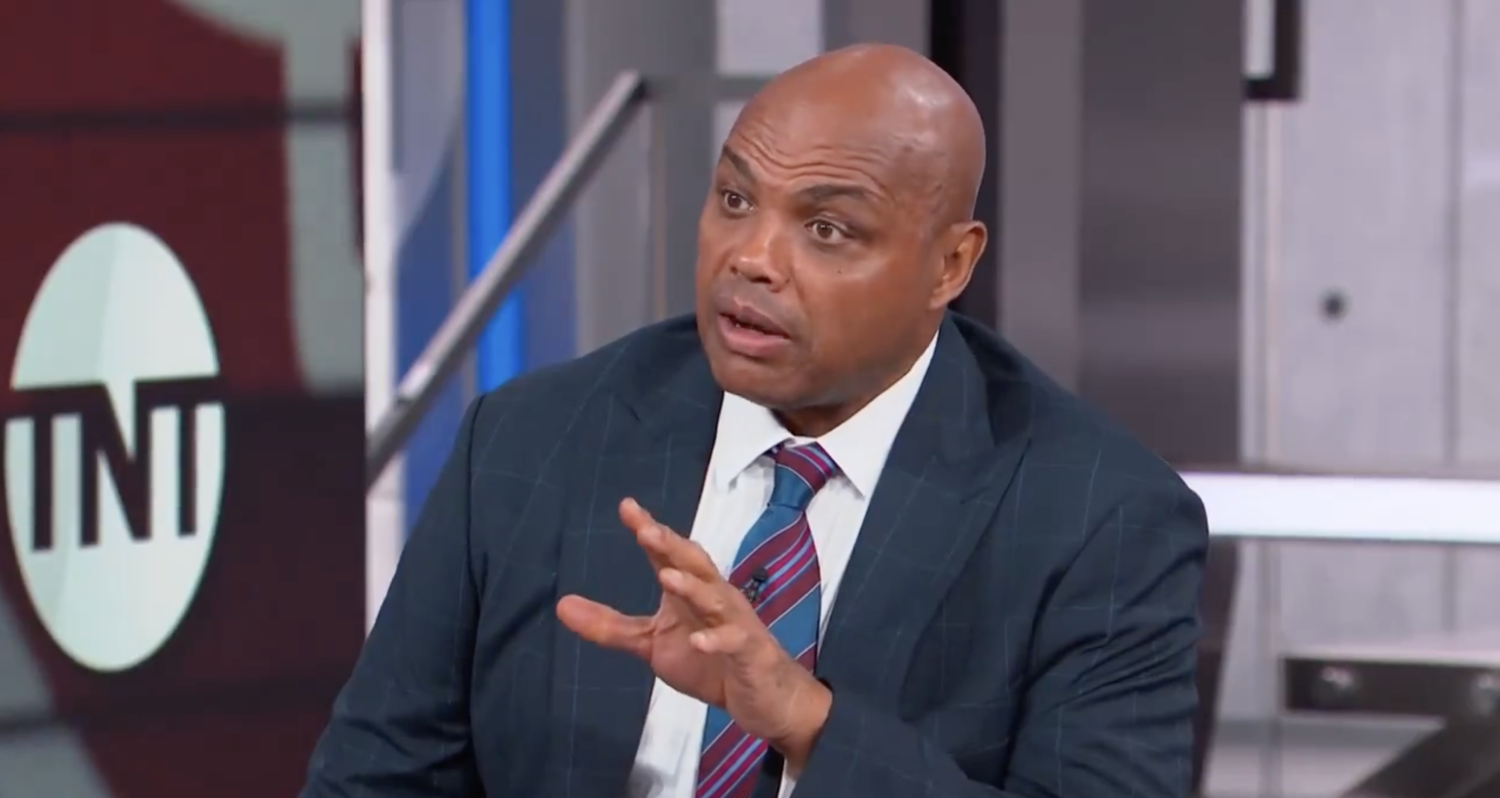We’ve seen plenty of magazines reducing or eliminating their print editions, and Sports Illustrated has been on the reduction track, dropping from 51 issues in 2015 to 45 in 2016 to 38 this year. Now, Yahoo’s Daniel Roberts reports (as part of a bigger piece about SI parent Time Inc. still being a possible sale target despite their backing away from that process in April) that there could be an even more drastic reduction of SI print issues in 2018:
Meanwhile, the legacy magazines have cranked up the volume of short-form news posts online: last year, Time Inc created a “shared digital newsroom” with 10 cross-magazine desks, organized by beat.
The biggest push is, unsurprisingly, in video. Last year Time Inc launched PEN (People Entertainment Weekly Network), an over-the-top (OTT) video app; CEO Rich Battista said at NewFronts in May that PEN has seen millions of downloads. In the fall, it will launch Sports Illustrated Network, an OTT product with documentaries, fantasy sports analysis, and SI Swimsuit content.
As Time Inc has shifted its focus to video, print issue counts have shrunk. As recently as 2015, Sports Illustrated put out 51 issues. In 2016, it went to 45 issues. This year, Sports Illustrated will put out just 38 issues. Time Inc says its 2018 print plan is not finalized yet, but two sources at Sports Illustrated tell Yahoo Finance the total will likely shrink again, potentially to as few as 24.
Reducing the number of issues and turning certain ones into “double issues” with a larger size has been a trend recently for SI, and it saves on printing and mailing costs. Going further along that path might make some sense, especially if it produces a relatively consistent schedule (that’s easier to coordinate with newsstands than infrequent double issues, and it also makes it easier for subscribers to know when to expect an issue.)
The latest
If SI is able to shift more of their coverage to feature pieces with a longer shelf life, though, that could carry benefits as well as perils. Yes, they’ve done excellent magazine coverage of big sports events, but many of the most memorable SI pieces haven’t been game stories or based off trades or free agency signings (in fact, some of the latter really haven’t worked out at all), they’ve been in-depth pieces on current or former athletes. And some of those can still be read and enjoyed years after the fact, like Chris Ballard’s piece on whatever happened to Bison Dele or Greg Bishop’s look at the end of the USFL.
Not everything’s going to be intensively reported longform, obviously, but even smaller player profiles can be great reads, and can hold up for weeks, months and years. And there’s much less competition for SI in those arenas than there is with game stories. It’s also been clear for some time that SI needs to generate more of their revenue from their various digital plays (and that has been on the rise, although there are challenges for them now that Fox has abandoned written content and reduced what those sites can partner on) and be less dependent on the print product, and this would be another step along those lines.
Still, that’s hard to do. And that’s especially hard when you consider the state of digital ad rates versus print ones, and that SI still gets subscription revenue. It’s a tough balance to walk, and when Chris Stone took over as SI’s managing editor last June, he told AA that they need to shift to digital without abandoning print altogether:
“The best elements of the print product are never going to die, they’re just going to move onto new platforms, and that in many ways is one of our biggest mandates,” he said. “We have to take what people love so much and are so loyal to about Sports Illustrated, and just move them to other platforms where people are going. …Relying exclusively on the core, and the magazine here in that sense, is not a sustainable business model.
“At the same time, we can’t grow, certainly in the short term, without the core product. We have no intention of compromising the magazine in any way. We’re very proud of the commitment we do make to the magazine and the investments we make in it, and there are investments, smart, targeted investments that are going to improve it. But our focus is in digital and in those non-core assets.”
So, if the report of possibly cutting all the way to 24 issues a year is accurate, this would seem to be another step along that digitally-focused path. But it will be worth watching to see how it goes, and if subscribers are still interested in only a biweekly magazine. This is worth considering in the larger context of a potential Time Inc. sale, too, whether as a whole company or in pieces. Some suitors (especially women’s magazine publisher Meredith) have been particularly low on SI relative to other Time brands. If SI’s apparent decision to further reduce its issues (and thus its print and mailing costs) works out, and if its digital revenues rise, it might be a more desirable part of the wider company. But if this doesn’t go well, that could be yet another challenge for selling Time Inc. as a whole.






